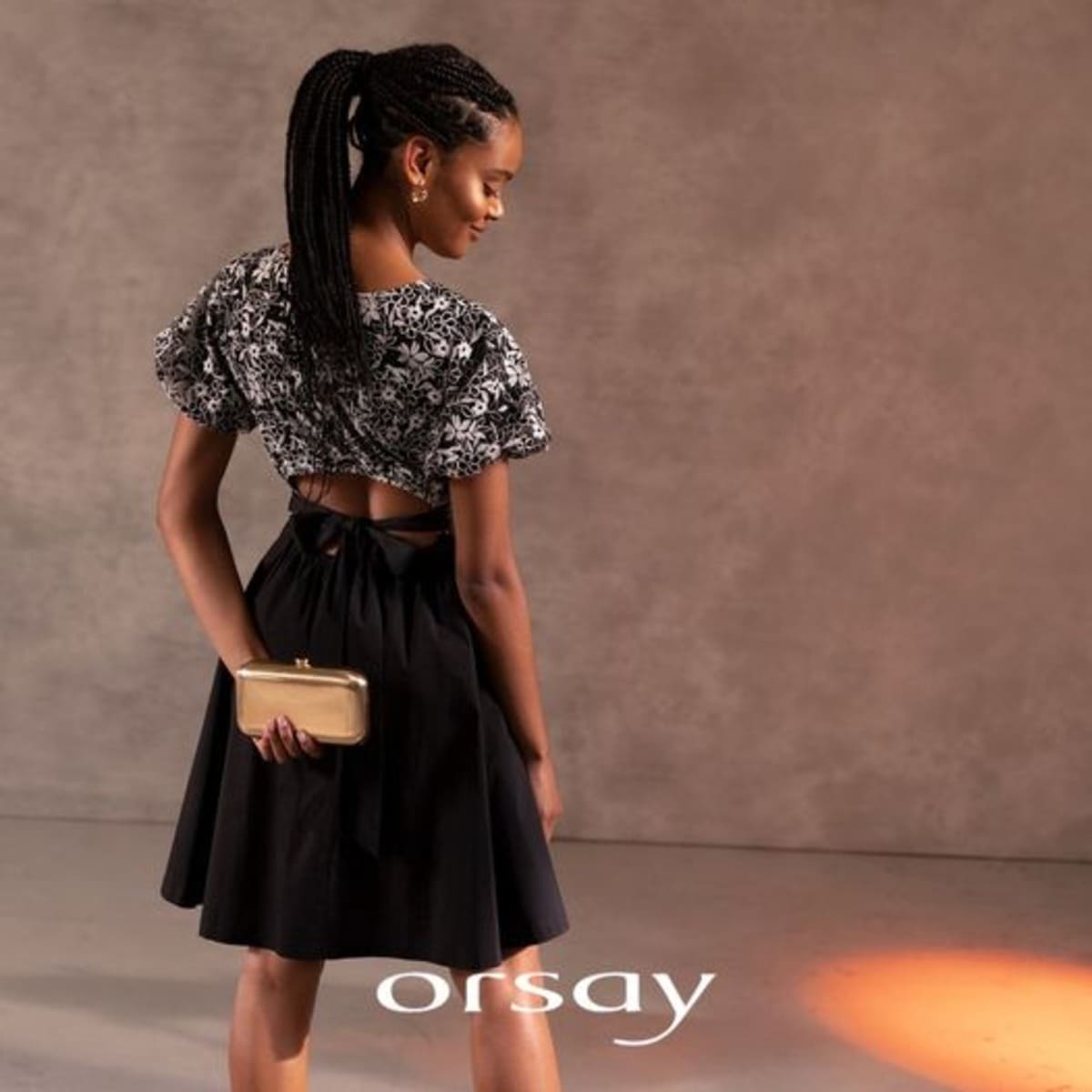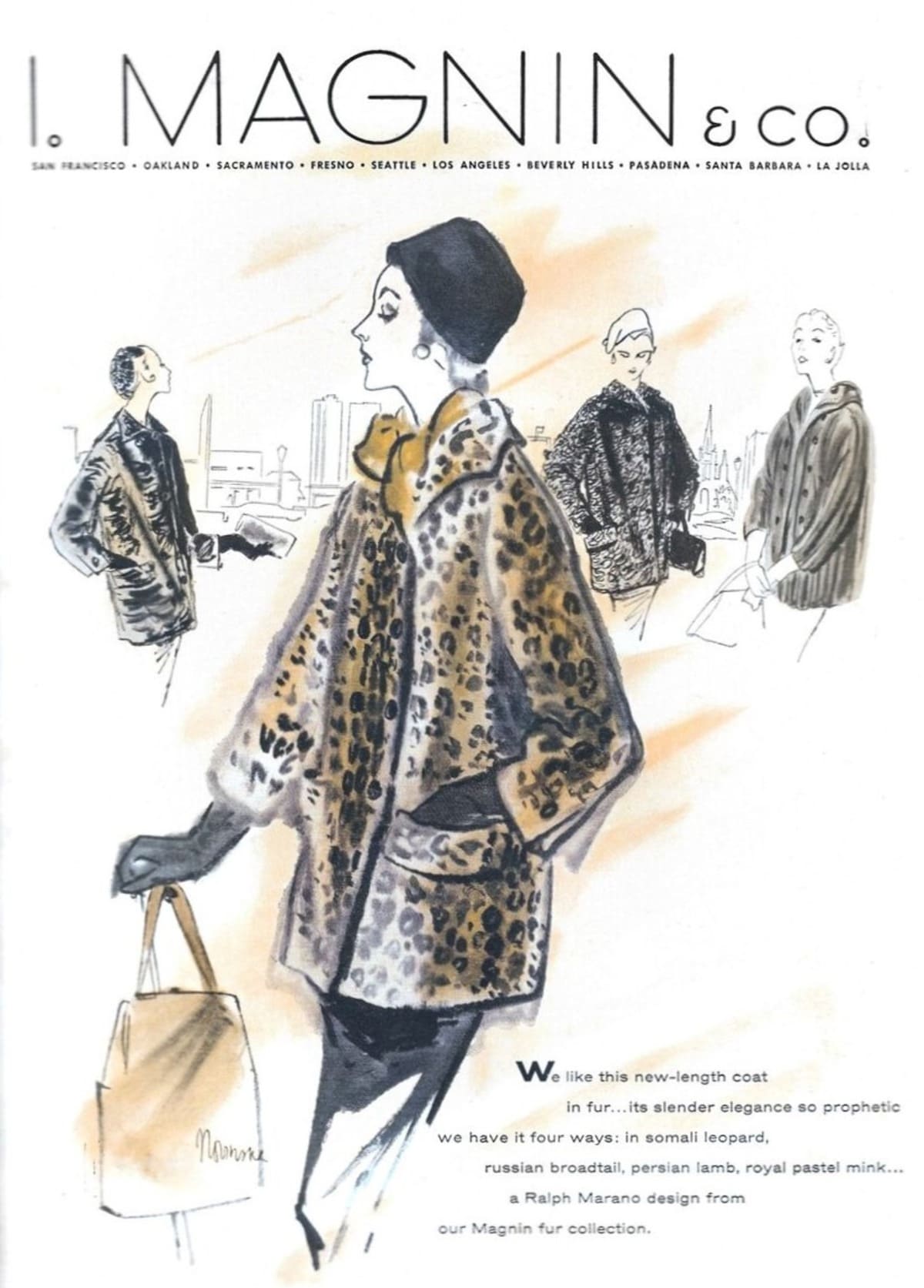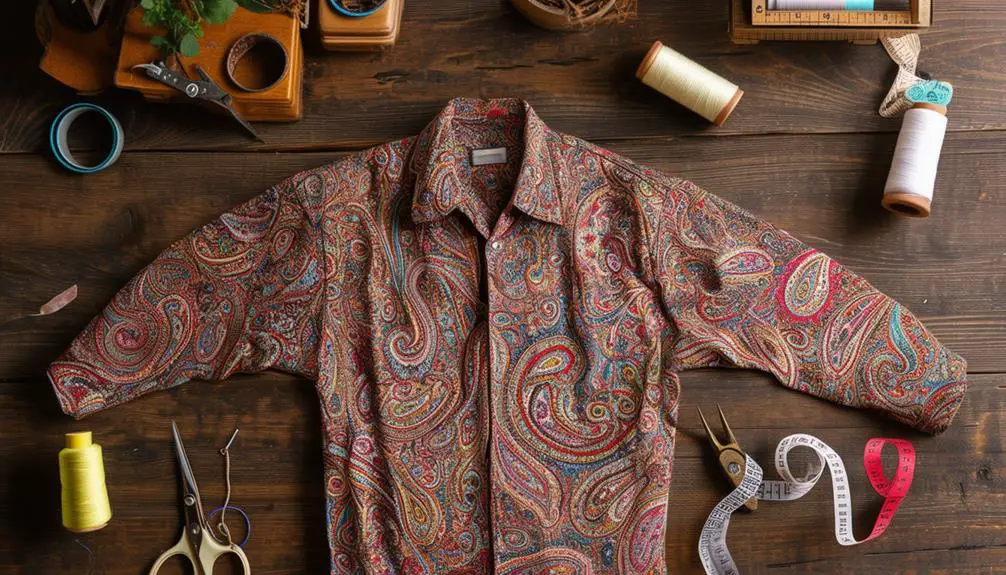Orsay is a women’s fashion brand known for its stylish and affordable clothing, catering to young women with a keen sense of contemporary fashion. Founded in 1975 by the French Mulliez Group, Orsay quickly grew from a handful of branches in Germany to a major international presence. By 1989, it had expanded to 100 branches, reflecting its rapid growth and popularity in the fast-fashion market. The company’s focus on delivering trendy collections at competitive prices allowed it to establish a loyal customer base across Europe. Over the decades, Orsay’s ability to adapt to changing fashion trends and consumer preferences has been a cornerstone of its enduring appeal.
The 1990s and early 2000s marked significant milestones in Orsay’s expansion and operational capabilities. Jean-Marc Willer, who became managing director in 1992, was instrumental in optimizing the company’s quick response to fashion trends by revising collections every two weeks. This approach not only kept the brand relevant but also spurred its expansion into new markets. By 1996, Orsay had 180 stores, including locations in Austria and France, and continued its growth into the Netherlands, Czech Republic, Poland, Switzerland, and Luxembourg. The launch of its online shop in 1998 further solidified Orsay’s position as a forward-thinking retailer, embracing e-commerce at an early stage.
Despite its success, Orsay faced challenges, particularly during the COVID-19 pandemic, which significantly impacted its operations. The pandemic led to the closure of numerous stores and a shift in consumer behavior towards online shopping. In 2022, the company underwent significant restructuring and was eventually sold to various investors. Despite these changes, the Orsay brand continues to be recognized for its youthful and feminine style, with its products now sold through franchisees, wholesalers, and online retailers. This adaptability underscores Orsay’s resilience and commitment to staying relevant in the ever-evolving fashion industry.
Cinematic Orsay Commercial
How to tell if Orsay is vintage from the logo
Orsay, known for its fashionable women’s clothing, has undergone several logo changes throughout the years. These changes reflect the brand’s evolution and its efforts to stay current with fashion trends. By examining the logo, one can identify if an Orsay item is vintage and from which era it originates.
1970s to 1990s Orsay logo
- The logo from this period features a unique, stylized font that is distinct from later versions.
- The letters are somewhat blocky and closely spaced, creating a compact and cohesive look.
- This version of the logo is often found on older tags and products from the brand’s early years.

1970s to 1990s Orsay logo
1980s to now Orsay logo
- The modern Orsay logo uses a sleeker, more elegant font.
- The letters are more spaced out compared to the previous version, giving a more contemporary and sophisticated feel.
- This logo has been consistent from the 1980s to the present day, with only minor adjustments over the years.
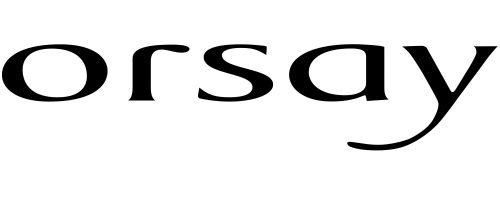
1980s to now Orsay logos
How to tell if Orsay is vintage from the tags
Orsay, known for its fashionable and affordable women’s clothing, has evolved its branding over the decades. The tags have undergone significant changes, reflecting the design trends and branding strategies of each era. Understanding these changes can help identify vintage Orsay garments and their approximate age.
Can’t identify those vintage tags or labels? Upload a picture on our vintage tag identification page, and we’ll help you out!
1980s vintage Orsay tags
- Distinctive bold lettering with the brand name “Orsay.
- Often featured a simple design with minimal additional elements.
- Commonly used a white or cream background with black text.
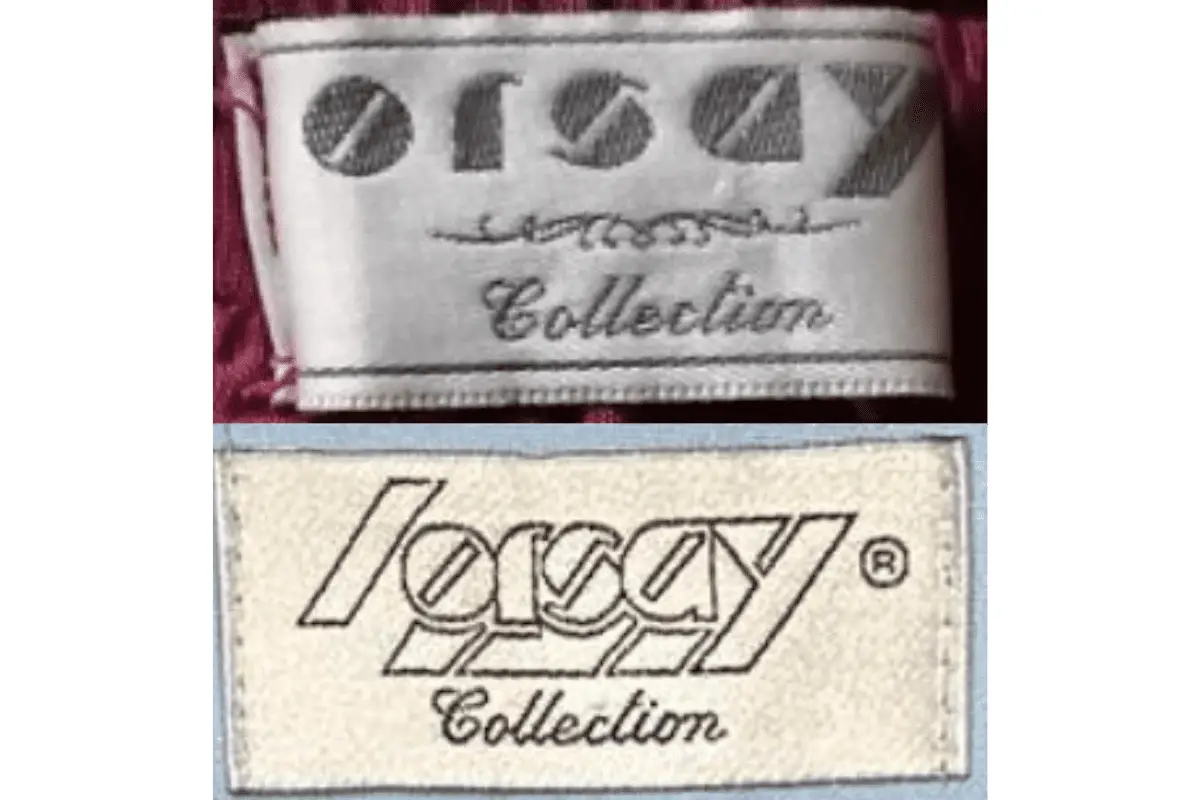
1980s Orsay tags
1990s vintage Orsay tags
- Introduction of a more modern logo design with a dynamic, italicized font.
- Tags often included “Collection” below the brand name.
- White or beige tags with contrasting black or dark text were common.
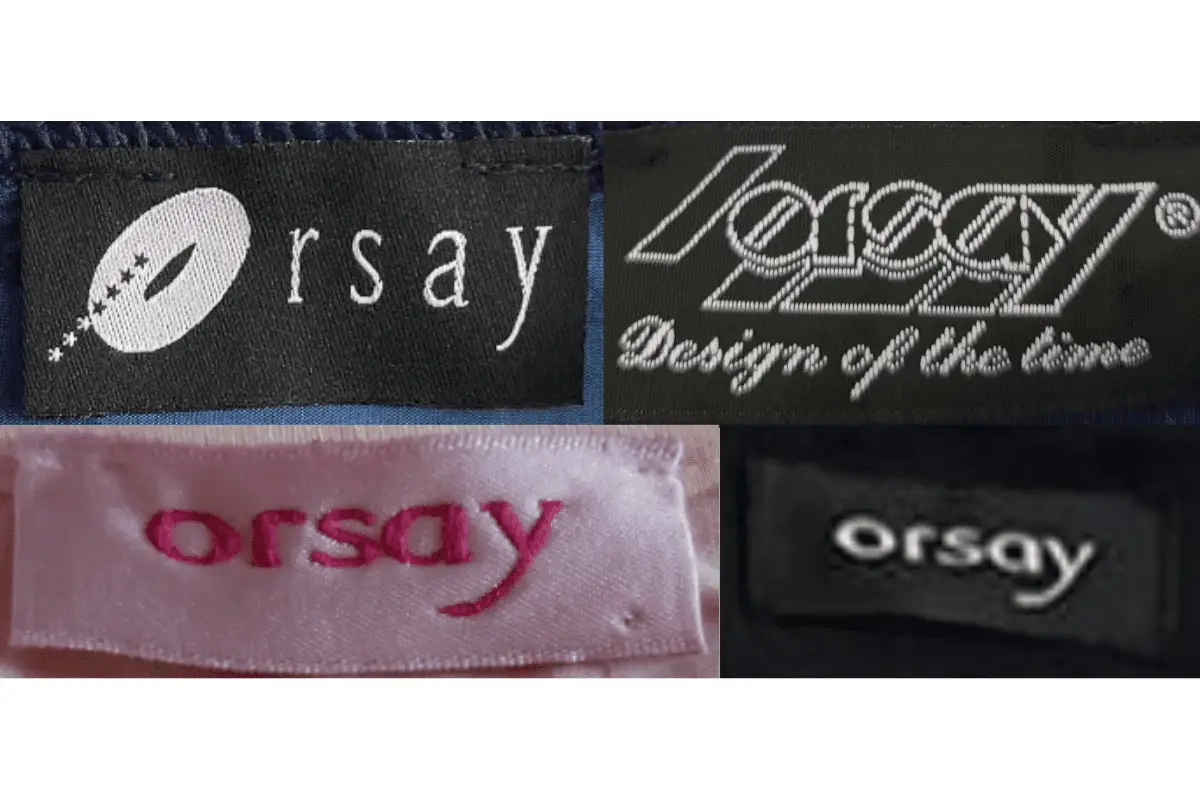
1990s Orsay tags
2000s vintage Orsay tags
- Tags featured more contemporary fonts and design elements.
- Introduction of various background colors, including black and pink.
- Some tags included additional branding elements like a stylized icon or slogan.
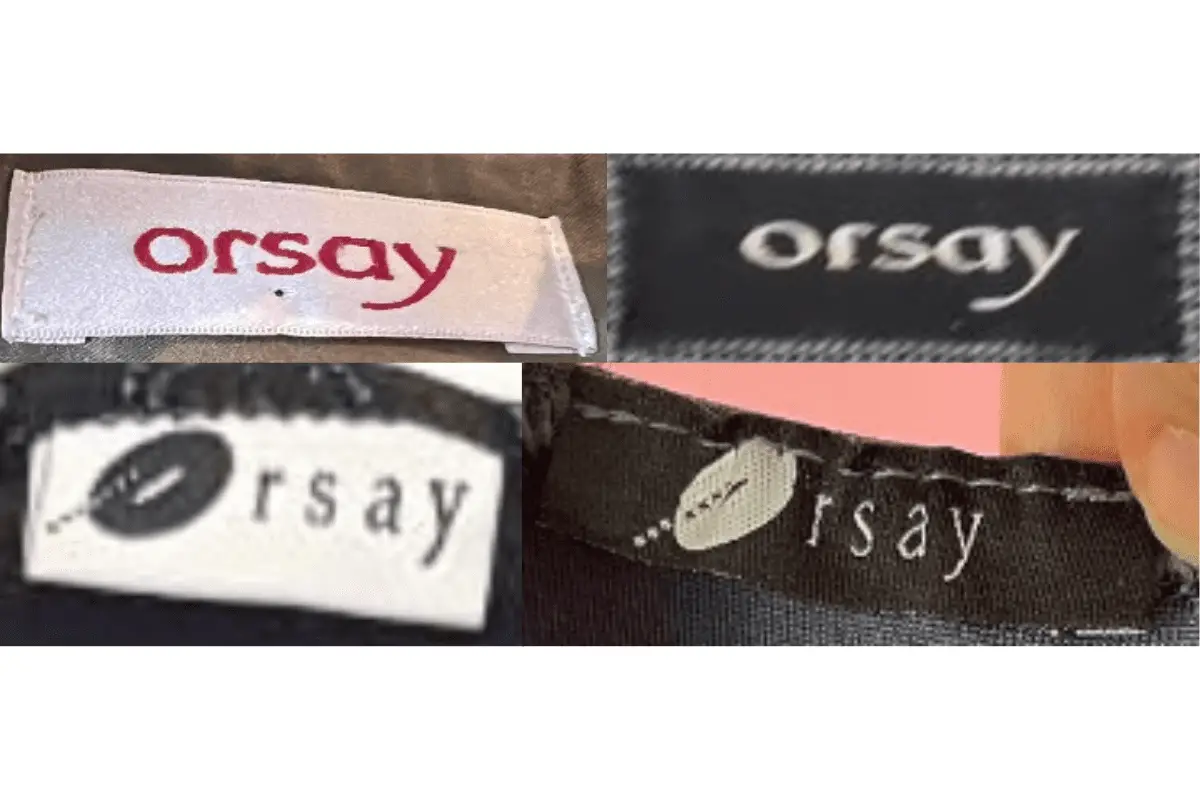
2000s Orsay tags
2010s vintage Orsay tags
- Modern tags with a sleek and minimalist design.
- Use of various materials and colors for tags, including more vibrant and bold options.
- Continued use of simple yet elegant fonts and design elements.
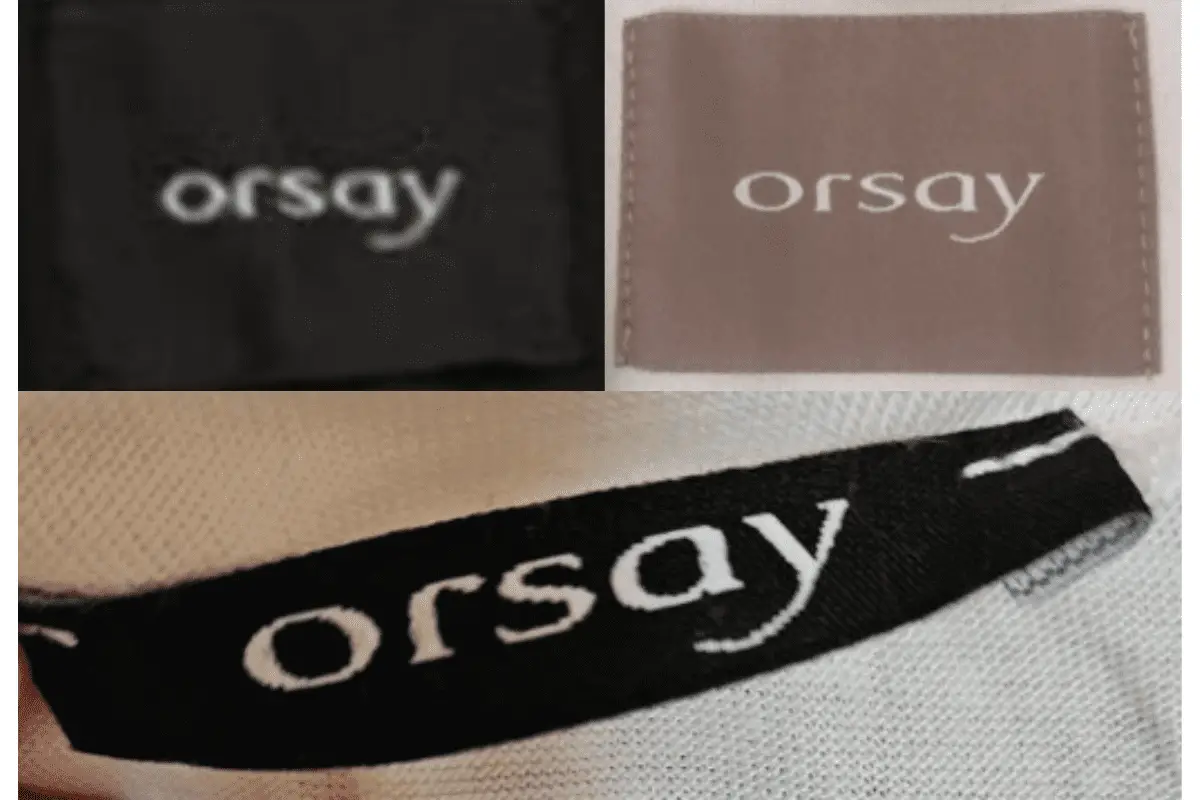
2010s Orsay tags
